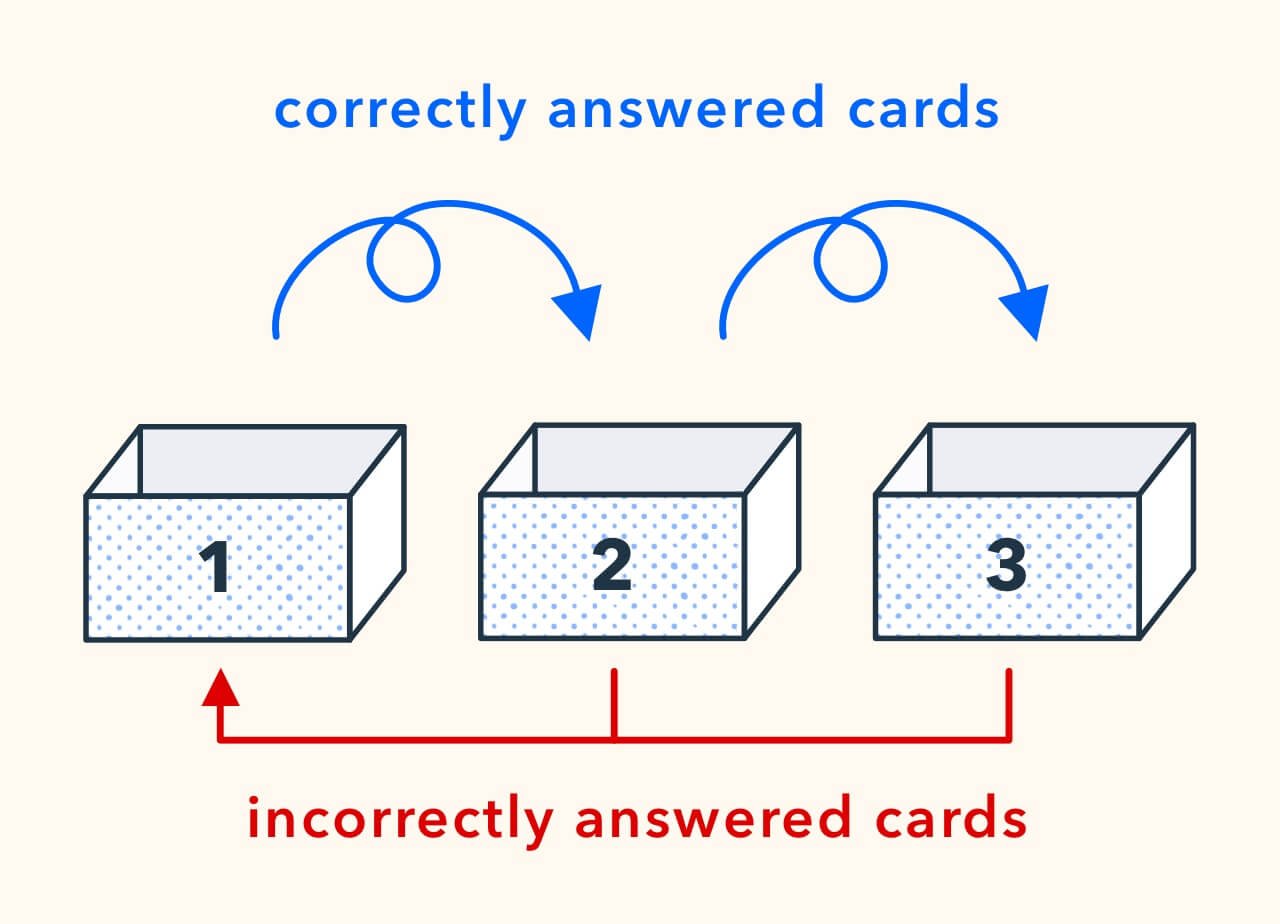6 Proven Study Strategies To Take Studying To The Next Level!
We all want to maximize our child’s learning and help them to achieve. The thing is, studying is a skill in and of itself that often gets rushed over.
Studying is not one size fits all! In fact, it’s more like a Frankenstein thing that we build over time as we’re exposed to different systems.
One of the biggest hurdles is that there are countless study methods and techniques available and it can be challenging to determine which ones are effective.
To help you out, we've compiled a list of our TOP SIX research-proven study methods and tips that have been proven to work. From the SQ3R method to the Leitner System, here are some techniques your kiddo can incorporate into her/his study routine.
To get the most out of this guide, we recommend trying one at a time and then combining elements your child likes and building her/his own!
1. The SQ3R Method
The SQ3R method is a reading comprehension technique that helps students identify important facts and retain information within their textbook. SQ3R stands for the five steps of the reading comprehension process: Survey, Question, Read, Recite, and Review.
Here's how to use the SQ3R method:
Survey: Skim the first chapter of your textbook and take note of any headings, subheadings, images, or other standout features like charts.
Question: Formulate questions around the chapter's content, such as "What is this chapter about?" or "What do I already know about this subject?"
Read: Begin reading the full chapter and look for answers to the questions you formulated.
Recite: After reading a section, summarize in your own words what you just read. Try recalling and identifying major points and answering any questions from the second step.
Review: Once you've finished the chapter, review the material to fully understand it. Quiz yourself on the questions you created and re-read any portions you need to.
2. Retrieval Practice
Retrieval practice is based on the concept of remembering at a later time. Recalling an answer to a question improves learning more than looking for the answer in your textbook. And, remembering and writing down the answer to a flashcard is a lot more effective than thinking you know the answer and flipping the card over early.
Here are some ways you can implement the retrieval process into your study routine:
Utilize practice tests: Use practice tests or questions to quiz yourself, without looking at your book or notes.
Make your own questions: Be your own teacher and create questions you think would be on a test. If you're in a study group, encourage others to do the same, and trade questions.
Use flashcards: Create flashcards, but make sure to practice your retrieval technique. Instead of flipping a card over prematurely, write the answer down and then check.
3. Spaced Practice
Spaced practice (also known as "distributed practice") encourages students to study over a longer period of time instead of cramming the night before. When our brains almost forget something, they work harder to recall that information. Spacing out your studying allows your mind to make connections between ideas and build upon the knowledge that can be easily recalled later.
Here's how to try spaced practice:
Day 1: Learn the material in class.
Day 2: Revisit and review.
Day 3: Revisit and review.
After one week: Revisit and review.
After two weeks: Revisit and review.
Start planning early by scheduling some time each day just for studying and reviewing the material. Even if your exams are months away, this will help you hold yourself accountable.
4. The Feynman Technique
The Feynman Technique is an efficient method of learning a concept quickly by explaining it in plain and simple terms. It’s based on the idea, “If you want to understand something well, try to explain it simply.” What that means is, by attempting to explain a concept in our own words, we are likely to understand it a lot faster. THE GOAL- be able to explain what you’ve learned to someone who is younger than you are. If you can avoid fancy jargon and simplify it, you know it!
How it works:
Write the subject/concept you are studying at the top of a sheet of paper.
Then, explain it in your own words as if you were teaching someone else.
Review what you wrote and identify any areas where you were wrong. Once you have identified them, go back to your notes or reading material and figure out the correct answer.
Lastly, if there are any areas in your writing where you used technical terms or complex language, go back and rewrite these sections in simpler terms for someone who doesn’t have the educational background you have.
5. Leitner System
The Leitner System is a learning technique based on flashcards. Ideally, you keep your cards in several different boxes to track when you need to study each set. Every card starts in Box 1. If you get a card right, you move it to the next box. If you get a card wrong, you either move it down a box or keep it in Box 1 (if it’s already there).
Each box determines how much you will study each set of cards, similar to the following schedule:
Every day — Box 1
Every two days — Box 2
Every four days — Box 3
Every nine days — Box 4
Every 14 days — Box 5
How it works:
Make flashcards for the information you need to study.
Divide the flashcards into five boxes, labeled 1 to 5.
Study the flashcards in Box 1 every day until you have memorized them.
Once you have memorized the flashcards in Box 1, move them to Box 2 and study them every two days.
Continue this process for all five boxes.
6. Mind Mapping
If you’re a visual learner, mind mapping can be a powerful tool for organizing and retaining information. To get started with mind mapping, follow these steps:
Grab a blank sheet of paper (or use a tool online) and write your study topic in the center, such as “child development.”
Connect one of your main ideas (i.e., a chapter of your book or notes) to the main topic, such as “developmental stages.”
Connect sub-branches of supporting ideas to your main branch. This is the association of ideas. For example, “Sensorimotor,” “Preoperational,” “Concrete operational,” and “Formal operational.”
Use different colors for each branch and draw pictures if it helps.
By creating a visual map of your notes, you can improve your reading comprehension and see the big picture by communicating the hierarchy and relationships between concepts and ideas.
By incorporating these study techniques into your routine, you can make your study time more effective and avoid last-minute cramming sessions. Try out these techniques and see which ones work best for you. With a little effort and discipline, you can improve your study skills and achieve your academic goals.
To get help going from theory to action, check out this amazing study packet we’ve created just for your kiddo!
Please comment below and let us know which strategy is most beneficial to your kiddo!
Free Executive Function Class +11 Bonus Classes!
Help Your Child Get Organized and Succeed!
Want to give your child the tools to take charge of their learning?
In this free class, Mr. Sam walks students through building their own custom task manager—a simple, powerful system to boost focus, independence, and follow-through.
Just enter your email below and we’ll send it straight to you.





